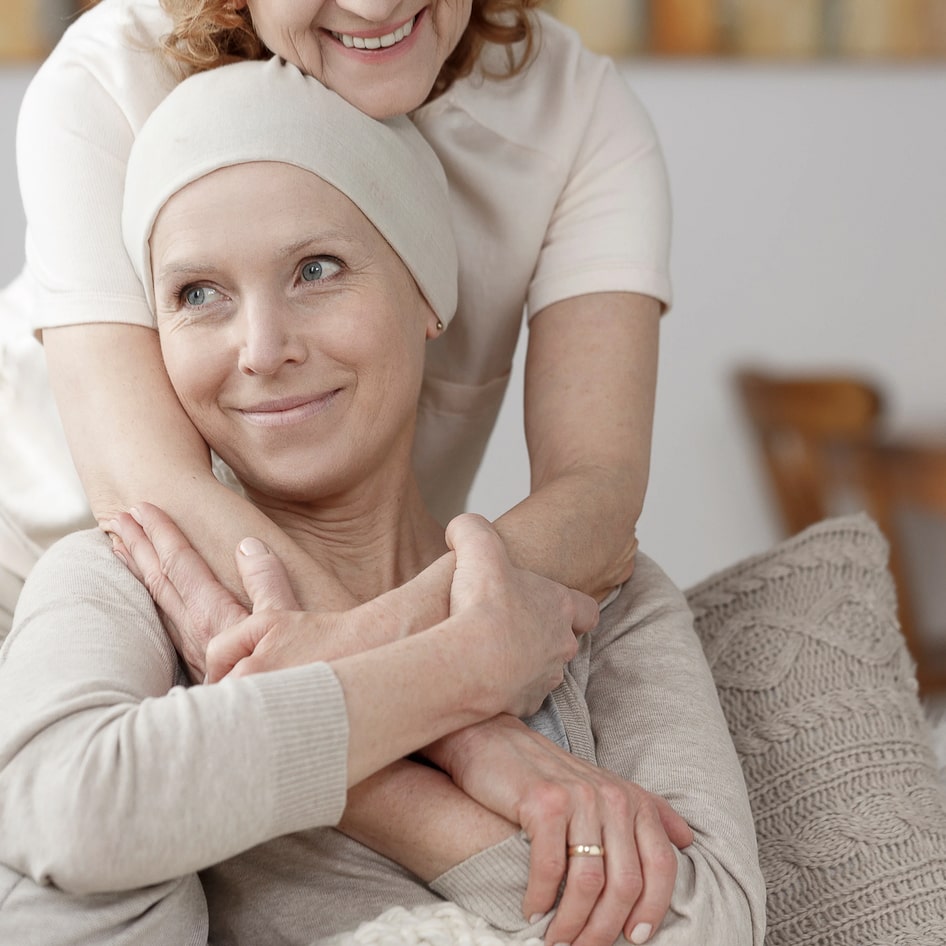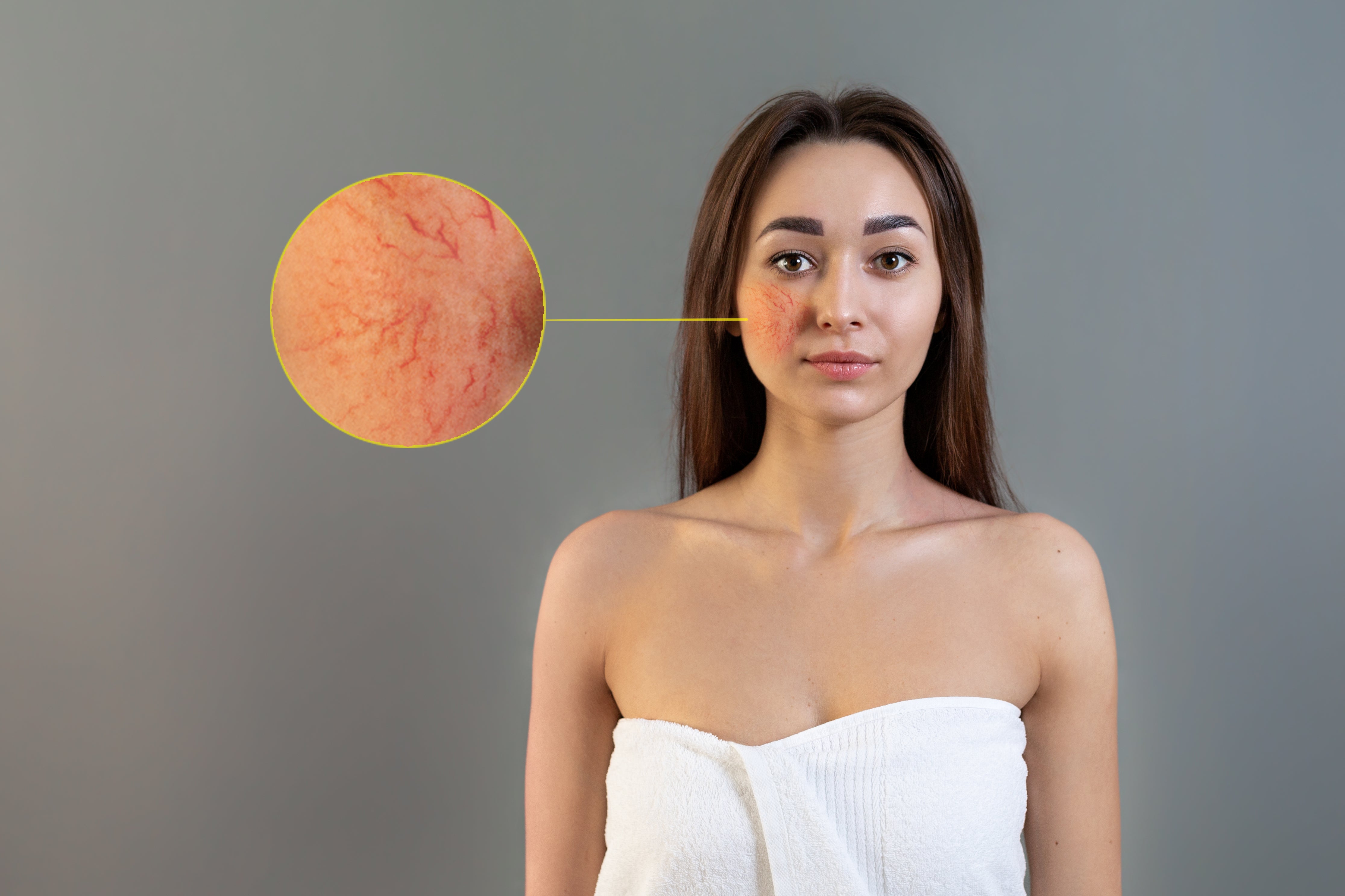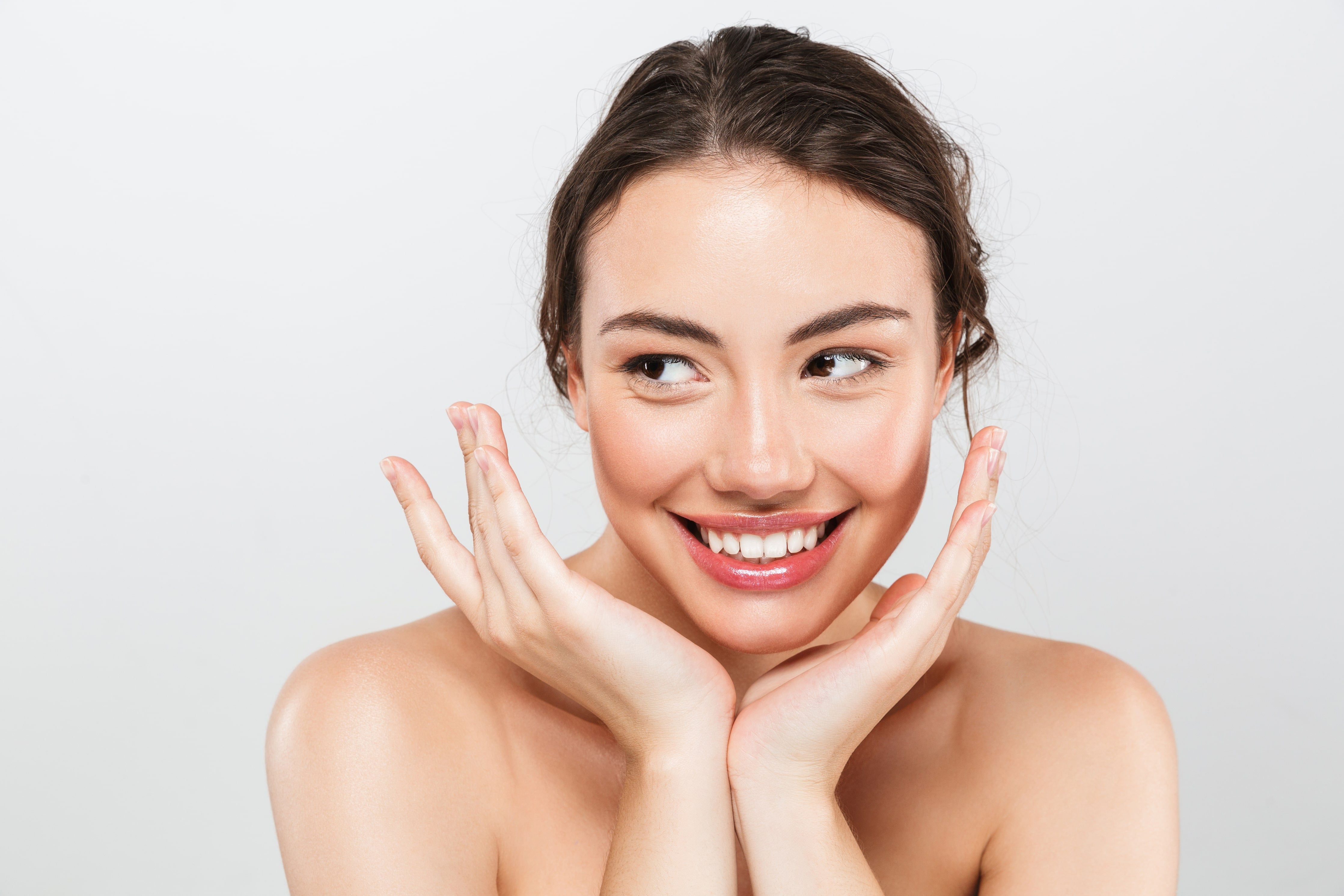Understanding Rosacea
Rosacea is a fairly common, chronic, inflammatory skin condition that affects of 14 million Americas. Rosacea causes persistent facial redness, blemishes, and bumps. Although rosacea can affect anyone, people over age 30 with fair skin and a family history are most at risk. Often referred to as “adult acne,” rosacea frequently begins as a tendency to flush or blush easily. It may progress to persistent redness in the center of the face that may gradually involve the cheeks, forehead, chin, and nose. The eyes, ears, chest, and back may also be involved. With time, small blood vessels and tiny pimples begin to appear on and around the reddened area; however, unlike acne, there are no blackheads. About 50% of people with rosacea also have eye involvement (ocular rosacea). Some rosacea patients experience burning and grittiness of the eyes, a common condition known as conjunctivitis. If this condition is not treated, it can lead to more serious eye complications. Rosacea symptoms to look for are:
- A flushed face and pimples or bumps on or around the cheeks, nose, mouth, and forehead. Sometimes the flushing or redness can last for days.
- Tiny red veins on the face that look like spiderwebs.
- Burning or stinging facial skin, especially when they apply lotions or medicines. The face may feel increasingly dry, sensitive, or sunburned.
- Dry, red, irritated eyes. The eyelids may look red and swollen, and vision may be blurry.
When rosacea first develops, the redness may come and go. Rosacea often flares when something causes the blood vessels in the face to expand, which causes redness. Things that cause a flare-up are called triggers. Common triggers are exercise, sun and wind exposure, hot weather, stress, spicy foods, alcohol, and hot baths. Swings in temperature from hot to cold or cold to hot can also cause a flare-up of rosacea. Although mild rosacea causes transient redness and acne-like symptoms, when the skin doesn’t return to its normal color, and when other symptoms such as pimples and enlarged blood vessels become visible, treatment is needed to prevent the condition from getting worse. Without treatment, some cases of rosacea can cause knobby bumps on the nose and cheeks that can multiply. This is advanced rosacea, known as rhinophyma. Over time, it can give the nose a swollen, waxy look. But most cases of rosacea don’t progress this far. Although considerable research has been conducted over many years by experts in the field, there is still no consensus on the cause or causes of rosacea. It seems to run in families and it is more prevalent in fair skin individuals. Some researchers think rosacea may be linked to a common mite, called demodex, that lives in the hair follicles on the skin. There is also data that patients carrying the stomach bacterium Helicobacter pylori, have an increased incidence of rosacea, but most experts don’t feel that this is the cause of the disease.
Clinical Treatment of Rosacea
Rosacea is an inflammatory skin disorder that affects over 14 million Americans. Although this skin disorder has been intensively researched over many years, the cause or causes of rosacea remain unknown. A recent survey suggests that as many as 78% of people with rosacea don’t even know they have it and others believe they have acne. Rosacea is becoming increasingly widespread as the populous baby boom generation enters the most susceptible ages. Unfortunately, rosacea cannot be cured but it can be controlled.
Commonly Used Drugs for Treatment
There are many prescription medicines that can help reduce the symptoms of the disease. There are no OTC drug products available to treat rosacea, and the efficacy of prescription drugs in keeping rosacea symptoms under control vary considerable. Some prescription treatments for rosacea are listed below.
- Two commonly used topical drugs for rosacea are Metronidazole and Azelaic acid. While these won’t eliminate all rosacea symptoms they do help.
- Antibiotic creams or pills may be used to treat redness and pimples.
- Antibiotic pills may also help treat eye problems. Women who are pregnant should not use some antibiotic creams or pills. Antibiotics may take a month or two before symptoms improve.
- Recently the topical use of vasoconstrictors that constrict blood vessels and reduce visible redness, has been approved. Stronger medicines that may be tried if antibiotics don’t control your rosacea include isotretinoin (Accutane) or tretinoin cream (Retin-A). Surgery or other treatments may help your skin look better if you have advanced rosacea. Choices may include dermabrasion, cryosurgery or laser surgery.
- The use of topical steroids, the most frequently prescribed medicine in dermatology should be avoided since it makes rosacea worse.
Newer Technologies
Because of the large number of patients suffering from rosacea, coupled with the fact that there are very few effective treatments for the disease, considerable research is now being conducted to identify new technologies to address the symptoms of rosacea. Since the actual causes of the disease are poorly understood, most research is focused on identifying compounds that can minimize the visible redness associated with rosacea. Over the past few years new products have appeared on the market to reduce redness, primarily by causing vasoconstriction or by reducing the level of inflammation that plays a significant role in vasodilation and redness. Many skin care companies have introduced products that are designed to reduce facial redness caused by rosacea, and several have shown to improve the skin significantly. A clinical study conducted by Stanford to assess the efficacy of technology developed at the University of Oklahoma College of Medicine in reducing redness was carried out several years ago. In this study, 34 patients with moderate to severe rosacea-prone skin were given either a lotion containing a novel antioxidant or the same lotion without this antioxidant. Patients were told to use the formulation twice daily for 12 weeks. At the end of the study patients were evaluated for redness, dryness and overall improvement in their skin. Of the patients using the antioxidant based formulation, 11/17 found improvement in their facial appearance. Physician scoring of overall severity also found improvement in the antioxidant group but not in the the vehicle (placebo) group. Note the reduction of redness in the patient below. This technology has now been patented and is available for licensing. Because of the increase in rosacea worldwide, considerable research is being conducted to identify both natural and synthetic compounds that can lessen the severity of the disease.







